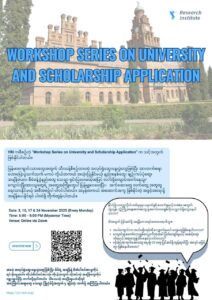Abstract
Media outlets and individual journalists have never had the luxury of freedom under successive military rule in Myanmar. Even under semi-democratic government, Rakhine state was severely targeted to halt the flow of information, as seen arrest of Reuter journalists. The 2021 military coup has further deteriorated media operations in Rakhine State, yet little research exists on this
current media landscape. Therefore, the research aims to explore the resilience of the Rakhine-based media under the severe military suppression, focusing on the challenges of operating the news and the coping strategies. The research used qualitative methodology, particularly 8 key informant interviews with the members from local, ethnic-based, emerging, and mainstream media in Rakhine, who held various roles to capture a diverse perspective. The finding is framed by Olsen and Mona’s concepts of resources, technology, and organization.
Regarding resources, both human and financial resources are more limited to the local and ethnic-based media. In terms of technology, they adopt diverse communication tools and data storage methods. Reliance on citizen journalists and community trust building are critical in news gathering while dissemination is navigated through paper and in-person distributions and FM broadcasting. Internal strategies include physical relocation to safer areas and increased collaboration among journalists. Moreover, new findings were discovered such as extensive partnership with external stakeholders and voices for support gaps.

